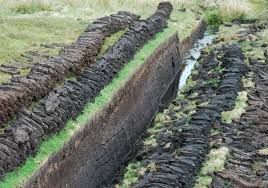Source: drawdown.org
Published: July 25, 2017

Peatlands: Although they cover just 3% of earth’s land area, they are 2nd only to oceans in the amount of carbon they store.
Peatlands, also known as bogs or mires, are neither solid ground nor water but something in between. Peat is a thick, mucky substance made up of dead and decomposing plant matter. It develops over hundreds, even thousands of years, as wetland vegetation slowly decays beneath a living layer of flora and in the near absence of oxygen.
Although these unique ecosystems cover just 3 percent of the earth’s land area, they are second only to oceans in the amount of carbon they store—twice that held by the world’s forests, at an estimated 500 to 600 gigatons. Protecting them through land preservation and fire prevention is a prime opportunity to manage global greenhouse gases.
Because peatlands’ typical carbon content is over 50 percent, they become powerful greenhouse chimneys if disrupted. When peat is exposed to the air, the carbon it contains gets oxidized into carbon dioxide. It can take thousands of years to build up peat, but a matter of only a few to release its greenhouse cache once it is degraded.
Luckily, 85 percent of the world’s peatlands are intact. Though not as effective as halting degradation before it starts, restoring drained and damaged peatlands is an essential complement to protection.
* excerpted from the book, Drawdown
